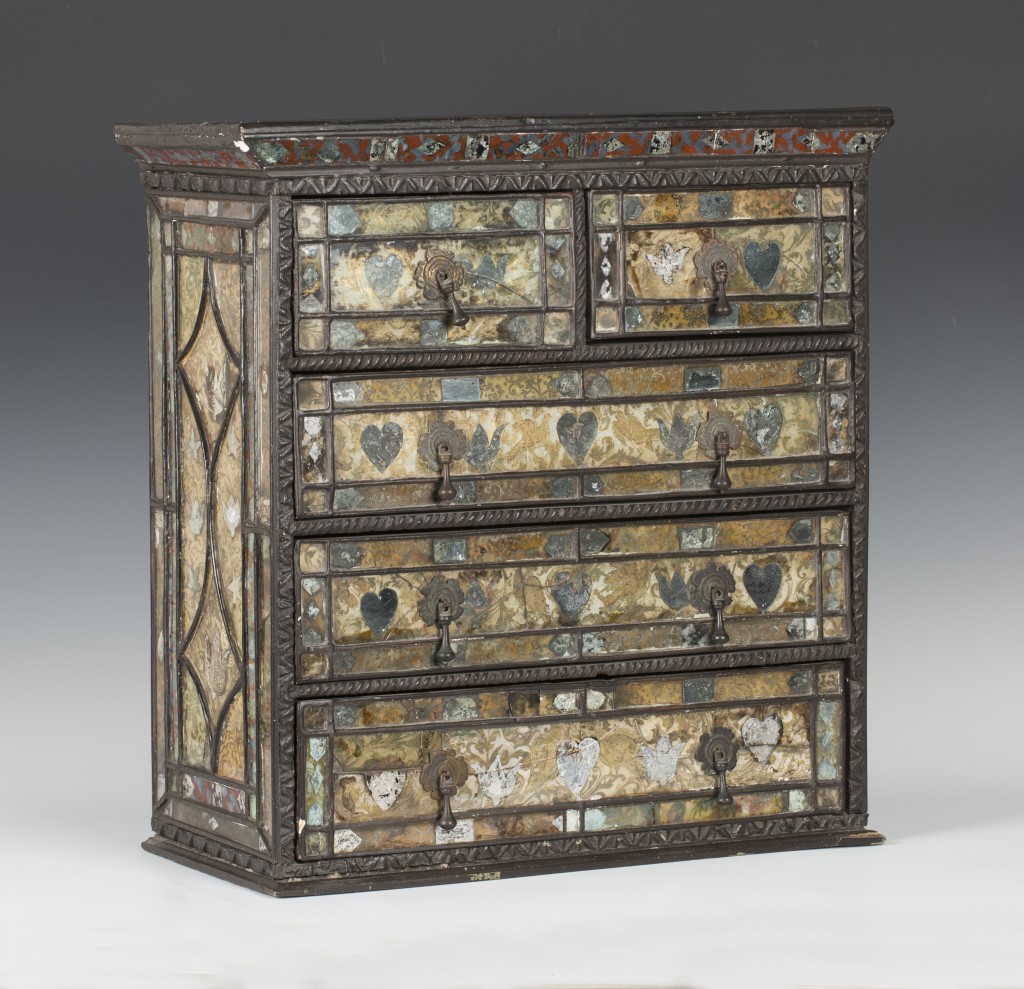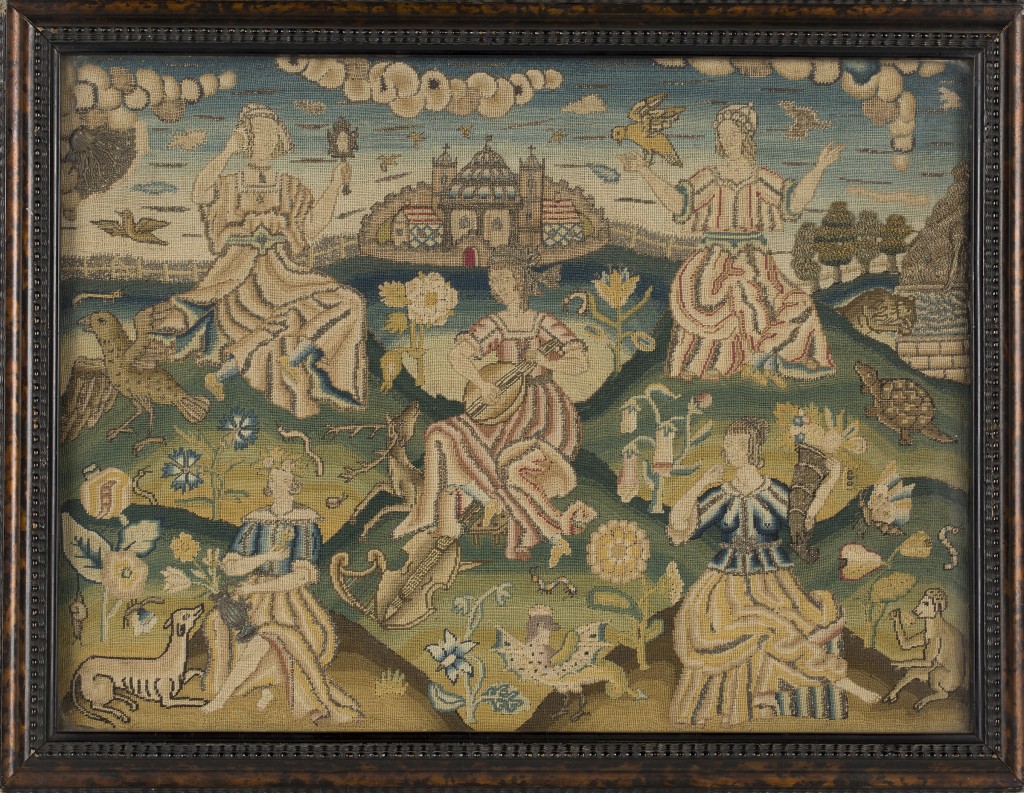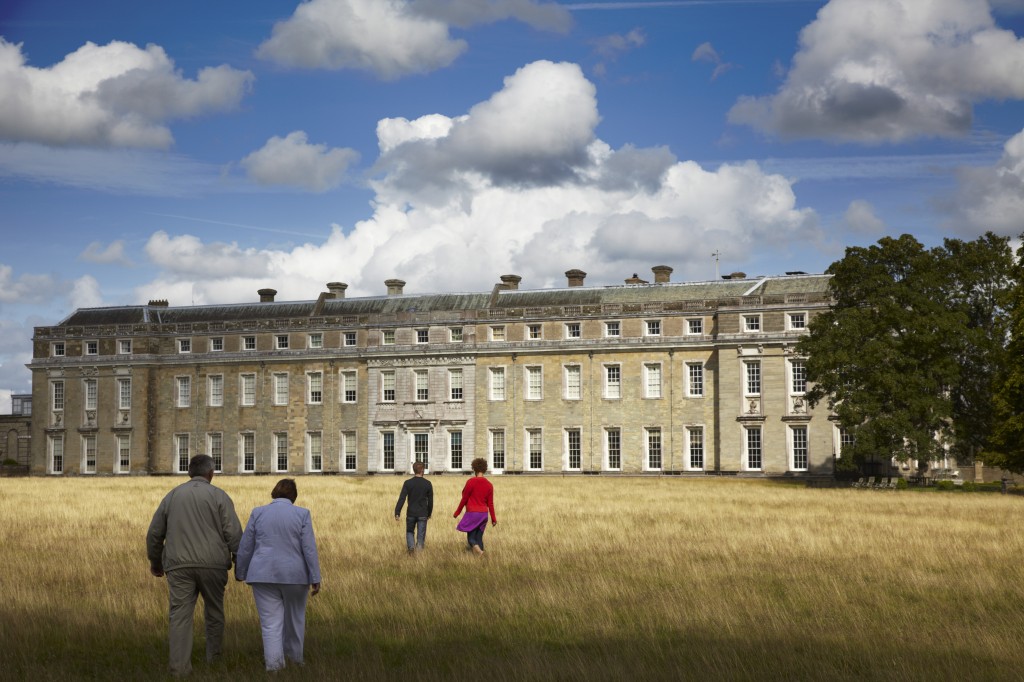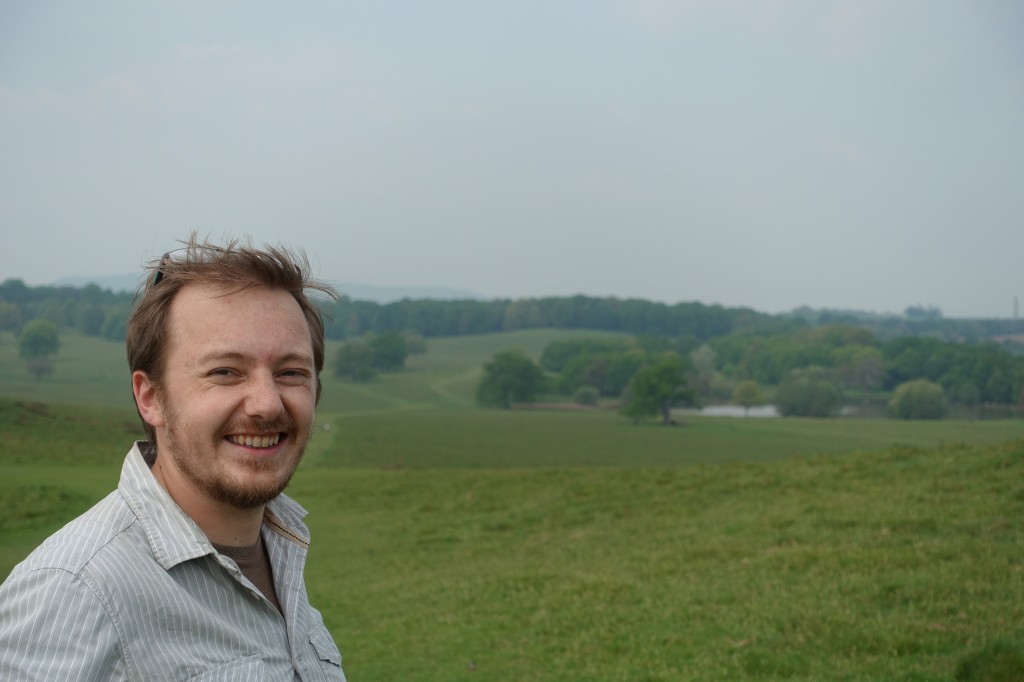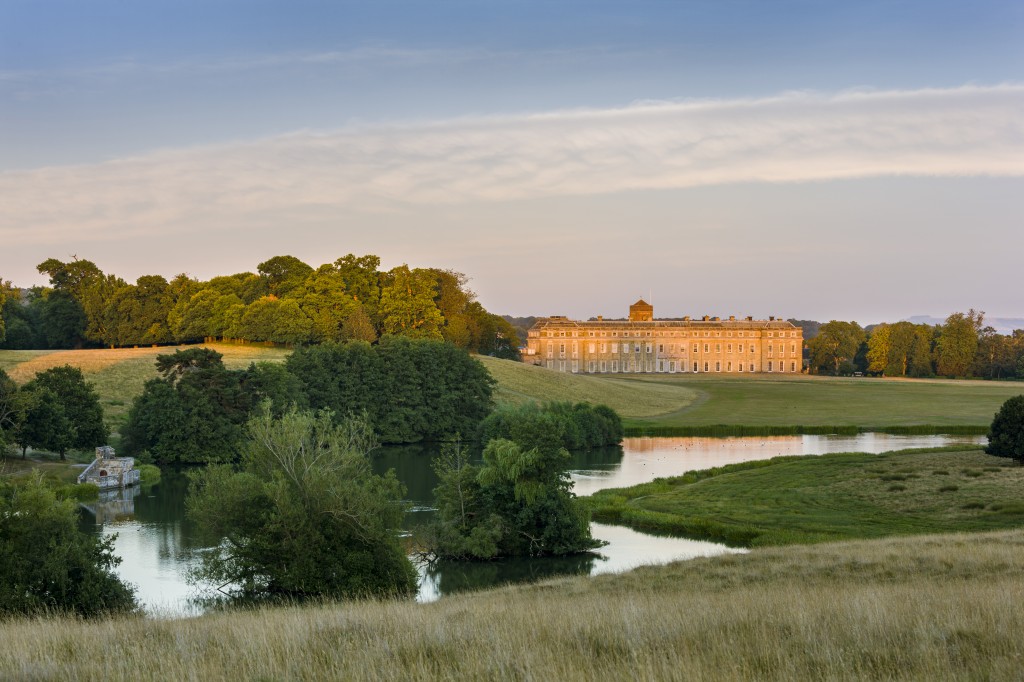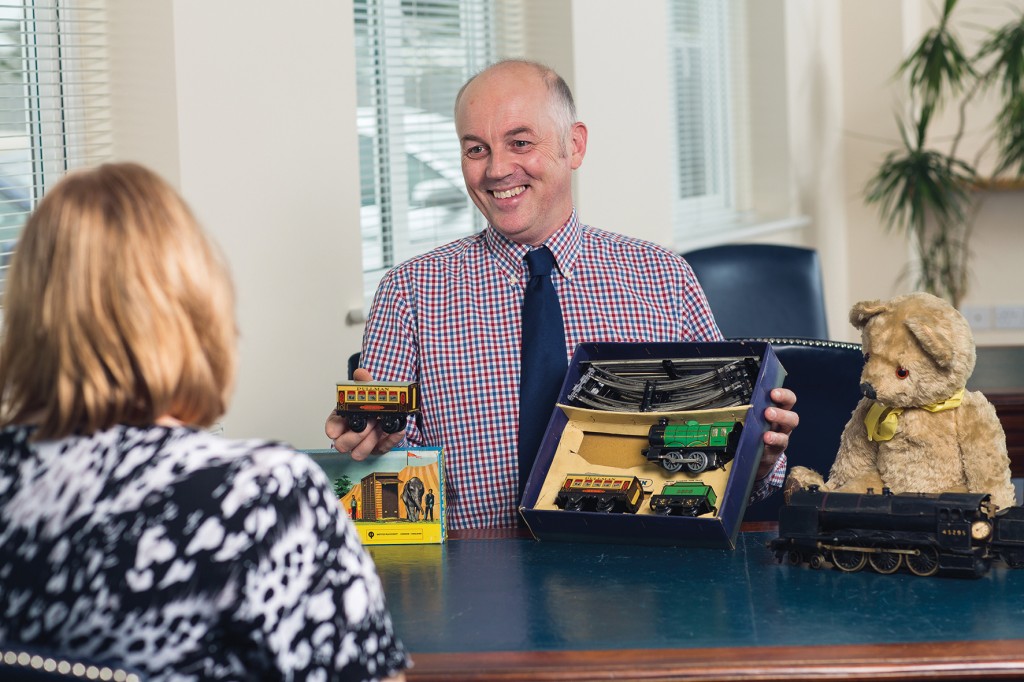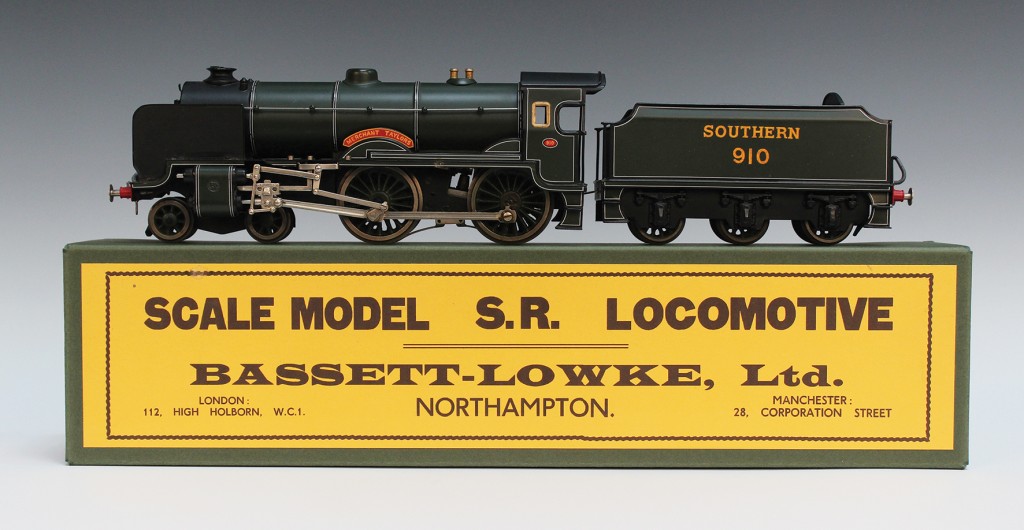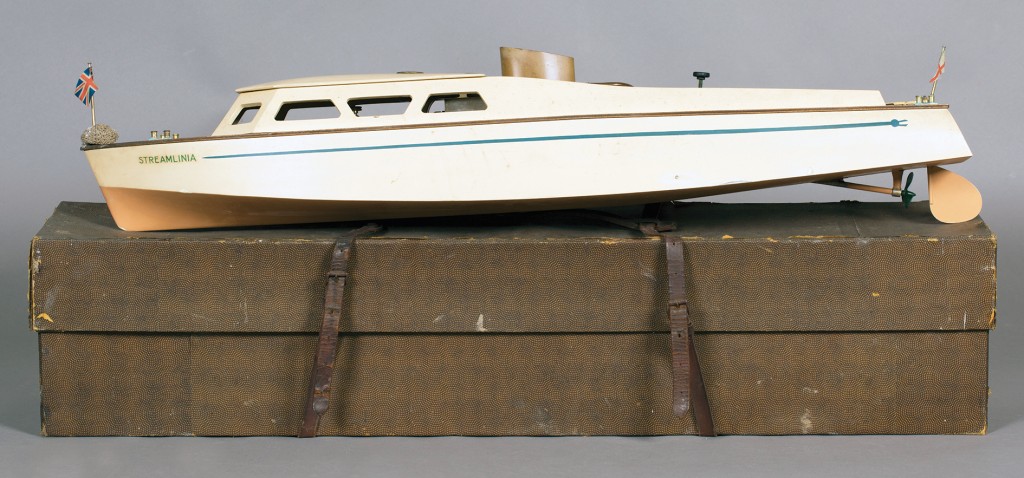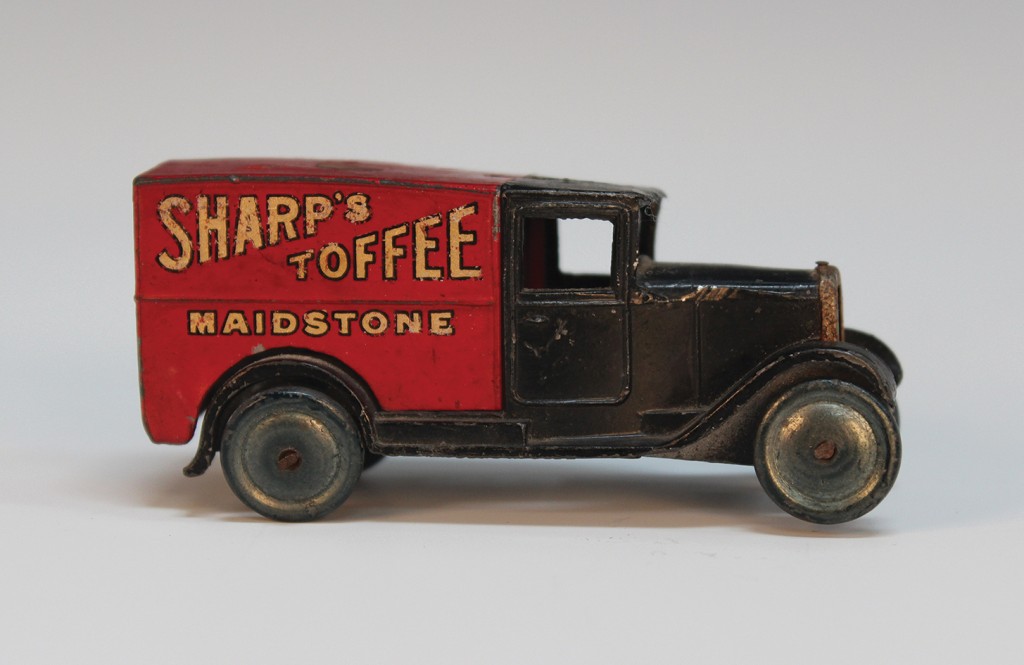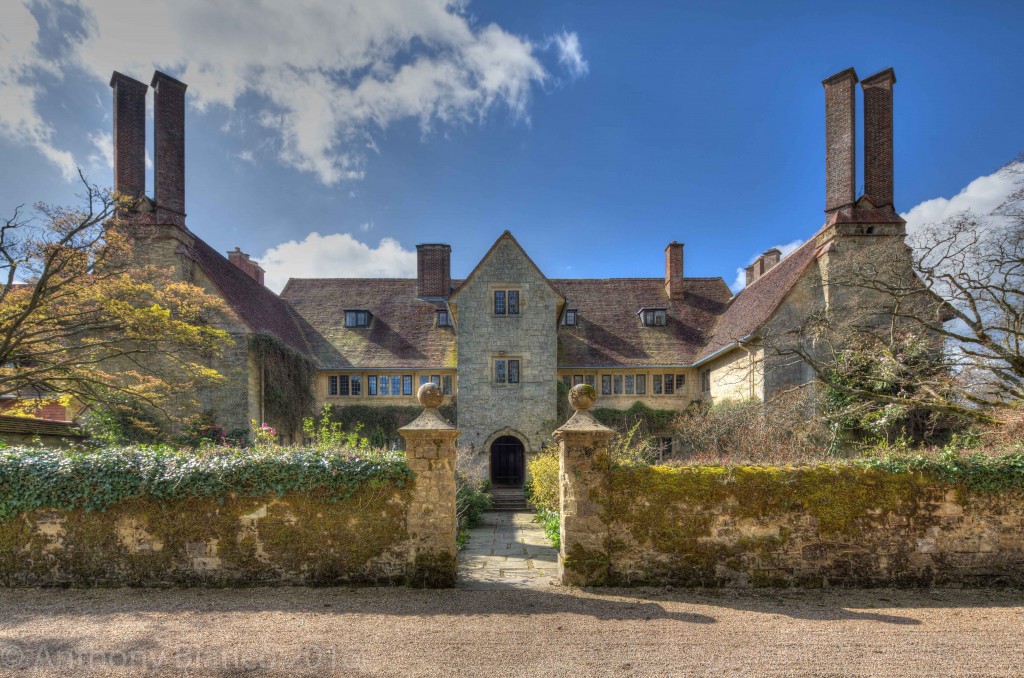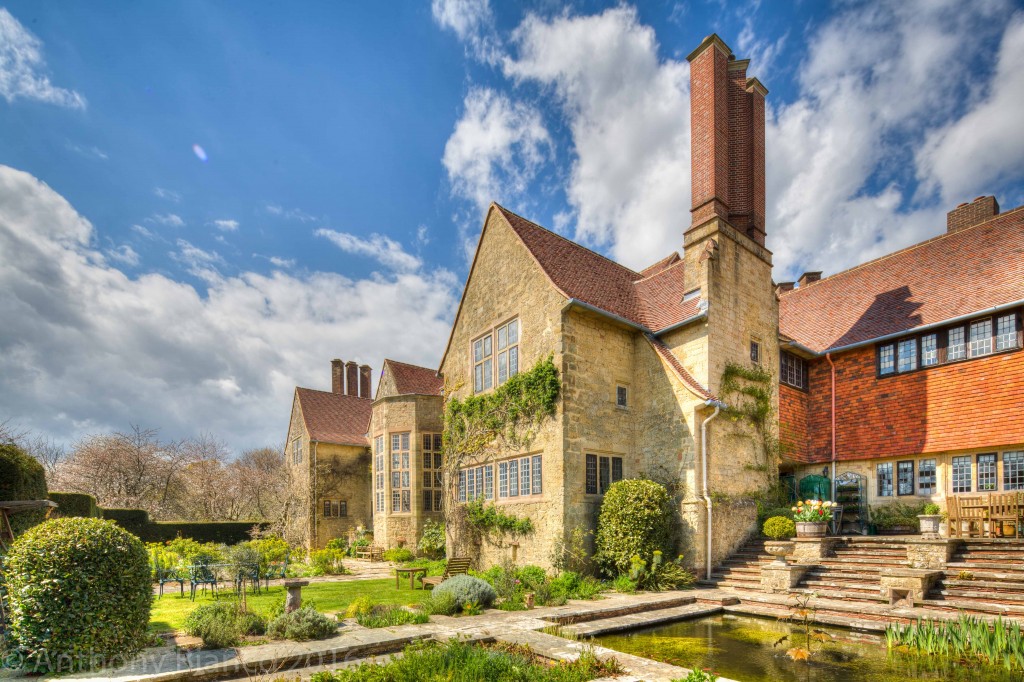
This weekend the nation will come together to mark Her Majesty Queen Elizabeth II’s official 90th birthday.
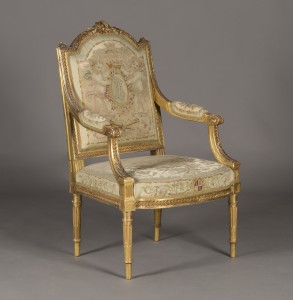
Up and down the land people will be engaged in street parties and watch events unfold on their televisions. The weekend celebrations begin on Friday 10th June with a service of thanksgiving at St Paul’s Cathedral. A fitting start as the Queen’s Christian faith has been one of the cornerstones of her life and reign and is central to her sense of calling to the position of monarch. It has given life to the qualities of service, respect and duty with which she has blessed us all. Our monarchs have often inspired our nation’s tastes through their patronage as well as their reigns. The first official photographs of HM Elizabeth II were taken on the 26th February 1952, just twenty days after her accession, by the English society photographer, Dorothy Wilding. Wilding’s photographs are striking in their simplicity. She often employed a plain white background, as in her portrait of the young monarch shown here. The backdrop ensures that our attention is entirely focused on the sitter. There is a timeless quality to the patinated, cast bronze figure of HM Queen Elizabeth II. It was modelled by Ronald van Ruyckevelt for Royal Worcester to commemorate the Queen’s Silver Jubilee in 1977.

The Edwardian satinwood display cabinet-on-stand is an example of Royal patronage. It was manufactured by Queen Alexandra’s Carving School and was probably originally housed at Sandringham. It is marked with a manufacturer’s stamp and inscribed ‘From Sandringham’ to the inside of one of the doors. An accompanying letter from the Estate Office at Sandringham, confirms that the impressed mark on the drawer indicates that it was ‘constructed by pupils at Queen Alexandra’s Carving School’. The Victorian giltwood open armchair of Neoclassical Louis XVI design is covered in Royal Windsor tapestry. It was given as a wedding present to Prince Leopold, Duke of Albany, Queen Victoria’s youngest son, and his bride, Princess Helen of Waldeck and Pyrmont. They were married at Windsor on 27th April 1882 and lived at Claremont near Esher, where the Duchess of Albany died in 1922. These wonderful objects form part of an eclectic single-owner collection to be auctioned at Toovey’s Washington salerooms on Tuesday 14th June 2016. They reflect the notable passion for British Royalty of a very private gentleman collector. The array of royal related pieces date from Tudor times to the present day. Information on the sale is available at www.tooveys.com. Our fascination with these objects reflects a love and gratitude for our Royal family and especially HM Queen Elizabeth II. In a recent interview with the BBC royal correspondent, Nicholas Witchell, Prince William spoke for many of us when he said: “The Queen’s duty and her service, her tolerance, her commitment to others – I think that’s all been incredibly important to me and it’s been a real guiding example of just what a good monarch could be.” We wish Her Majesty a very happy birthday, giving thanks for her continuing Christian life and example to us all. May God continue to bless her and her family.
By Rupert Toovey, a senior director of Toovey’s, the leading fine art auction house in West Sussex, based on the A24 at Washington. Originally published in the West Sussex Gazette.

